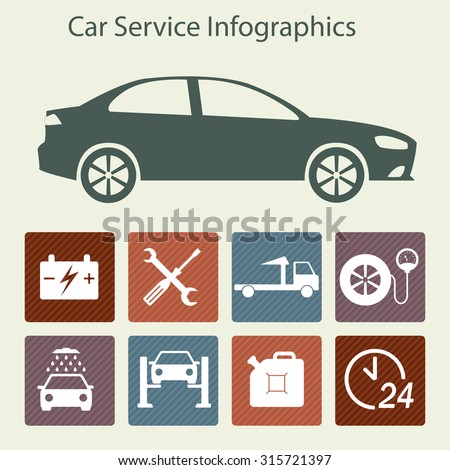Familiarize On Your Own With The Control Panel Warning Lights In Your Car To Prioritize The Health And Safety Of Your Vehicle
Familiarize On Your Own With The Control Panel Warning Lights In Your Car To Prioritize The Health And Safety Of Your Vehicle
Blog Article
Writer-Justesen Conradsen
When you lag the wheel, those beautiful warning lights on your dashboard can be a little bit difficult. Do you understand what they're attempting to tell you concerning your car's wellness? Recognizing the value of these lights is important for your security and the long life of your vehicle. So, the next time one of those lights appears, wouldn't you want to decipher its message accurately and take the essential actions to address it?
Common Warning Lighting and Interpretations
Determine common caution lights in your automobile and comprehend their significances to ensure safe driving.
One of the most normal caution lights consist of the check engine light, which signals issues with the engine or emissions system. If this light comes on, it's crucial to have your lorry checked immediately.
The oil pressure advising light suggests reduced oil pressure, needing immediate focus to stop engine damages.
A blinking battery light might recommend a damaged billing system, possibly leaving you stranded if not dealt with.
The tire stress monitoring system (TPMS) light signals you to low tire pressure, influencing automobile security and gas performance. Overlooking this can cause hazardous driving problems.
brake repair near me indicates a problem with the anti-lock stopping system, jeopardizing your capability to quit swiftly in emergencies.
Finally, the coolant temperature warning light warns of engine getting too hot, which can lead to severe damage otherwise dealt with quickly.
Comprehending these common warning lights will certainly help you deal with problems promptly and maintain risk-free driving problems.
Significance of Prompt Focus
Recognizing the common caution lights in your cars and truck is only the initial step; the value of immediately resolving these cautions can't be stressed sufficient to ensure your safety and security when traveling.
When a warning light brightens on your dashboard, it's your cars and truck's way of connecting a prospective concern that needs interest. Neglecting visit web site can result in extra severe troubles later on, compromising your security and potentially costing you extra in repairs.
Prompt focus to cautioning lights can protect against failures and crashes. As certified auto repair , a blinking check engine light could suggest a misfire that, if left neglected, might trigger damages to the catalytic converter. Resolving this without delay can conserve you from a costly repair service.
Similarly, a brake system alerting light might indicate low brake liquid or used brake pads, critical components for your safety when driving.
DIY Troubleshooting Tips
If you observe a caution light on your control panel, there are a couple of do it yourself repairing ideas you can attempt before looking for professional aid.
The very first step is to consult your vehicle's guidebook to understand what the certain warning light indicates. Occasionally the problem can be as simple as a loose gas cap activating the check engine light. Tightening the gas cap may fix the trouble.
Another typical issue is a low battery, which can cause various cautioning lights. Inspecting the battery links for deterioration and ensuring they're protected might repair the trouble.
If a warning light lingers, you can try resetting it by detaching the vehicle's battery for a few minutes and then reconnecting it. Additionally, examining your lorry's fluid levels, such as oil, coolant, and brake liquid, can aid troubleshoot cautioning lights related to these systems.
Conclusion
In conclusion, understanding your auto's warning lights is crucial for maintaining your car running smoothly and safely. By quickly addressing these alerts and understanding what they imply, you can prevent expensive fixings and prospective break downs.
Bear in mind to consult your car's guidebook for particular details on each warning light and take action as necessary to make sure a hassle-free driving experience.
Keep notified, remain risk-free when traveling!
